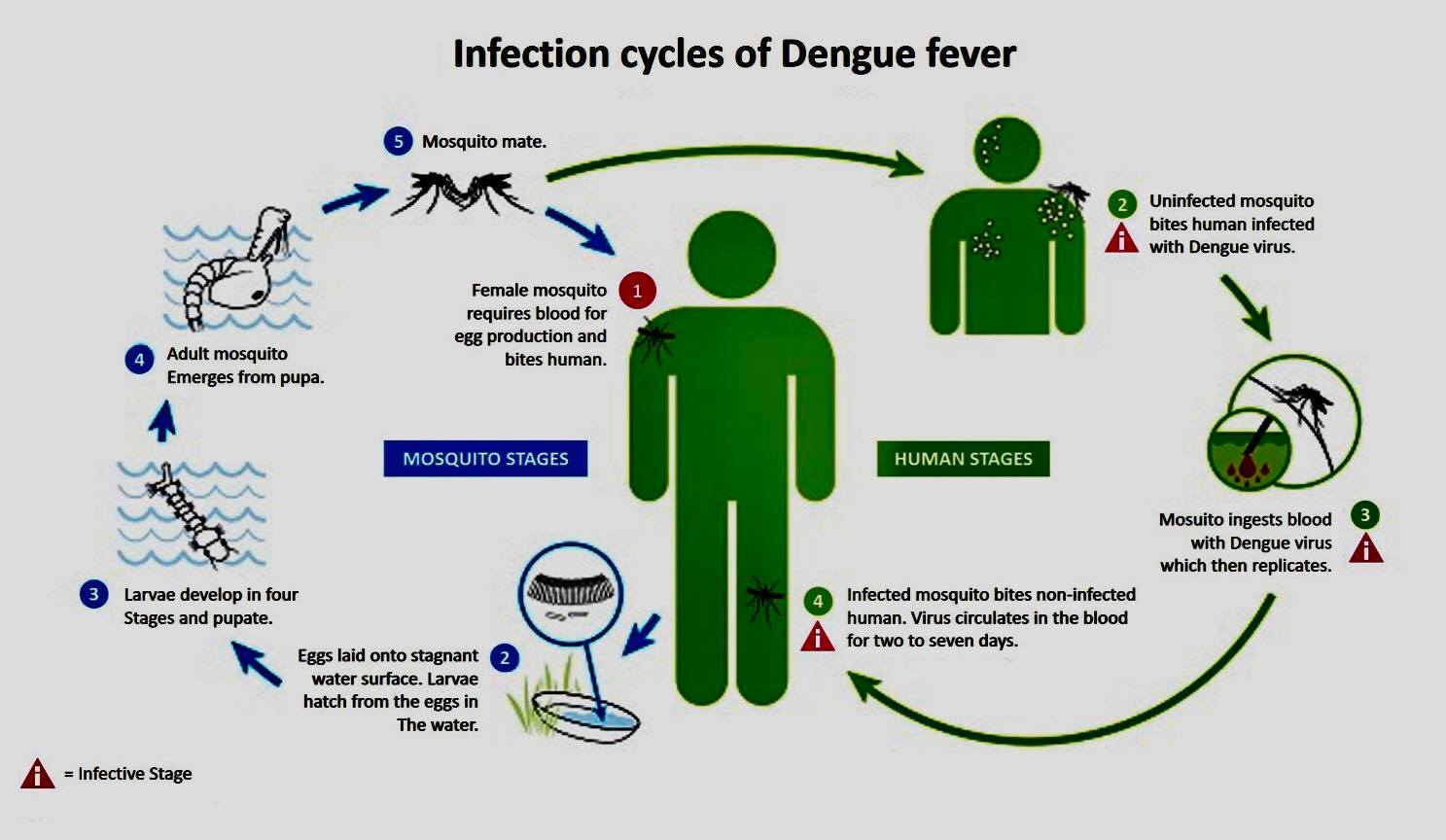Text by Henrylito D. Tacio
Images: outlookindia.com and vectorcontrol.bayer.com
Okay, it’s the rainy season now and so expect dengue cases to rise again in the city. This is the reason why June is celebrated every year as National Dengue Awareness Month.
From January to May this year, a total of 654 dengue cases, including three deaths, have been recorded by the Davao City Tropical Disease Prevention and Control, according to the City Information Office (CIO).
It was stated in a press release that the ancillary unit under the City Health Office is constantly conducting prevention and intervention efforts to combat dengue and other mosquito-borne diseases in the city.
In addition, the control unit also conducts intervention measures like fogging upon request from the barangays. This practice, however, “does not guarantee full prevention of the disease,” said the unit’s Melodina Babante. In fact, fogging “may even cause undesirable side effects to the respiratory system.”
So, instead of fogging, she recommends Dabawenyos clean their communities as this practice is “a more viable method of preventing an outbreak.”
Dengue is caused by one of any of four related viruses: Dengue viruses 1, 2, 3, and 4. These are spread to people through the bite of an infected mosquito, particularly Aedes aegypti and Aedes albopictus.
“Dengue is the world’s most important viral disease transmitted by mosquitoes,” declares Dr. Duane Gubler, health administrator of the US Centers for Disease Control and Prevention (CDC).
Since there are four types, a person can be infected with a dengue virus as many as four times in his or her lifetime, according to the Geneva-based World Health Organization (WHO).
Dengue causes a wide spectrum of disease. “This can range from subclinical disease (people may not know they are even infected) to severe flu-like symptoms in those infected,” the United Nations health agency explains.
Although less common, some people develop severe dengue, which can be any number of complications associated with severe bleeding, organ impairment, and/or plasma leakage. “Severe dengue has a higher risk of death when not managed appropriately,” the WHO warns.
Also known as “break-bone” fever, dengue is the Swahili term for “a sudden overtaking by a spirit.” Like death and taxes, dengue exempts no one: fat or thin, ugly or beautiful, rich or poor, educated and illiterate. Children, who are exposed to open areas while playing, are more prone, although adults are not spared.

I had a friend, a lawyer, and a staff member of a former senator. He was based in Manila, but at one time, he went to Baguio, where he contracted dengue. A few days after being bitten by an infected mosquito, he suffered high fever, severe headache, and pain behind the eyes. There was also an outbreak of rashes in some parts of his body.
From Baguio, he was brought to Manila. But it was already too late; he suffered hemorrhage in the liver and died three weeks after being confined in one of the well-known hospitals in
Makati City.
Even doctors die from severe dengue, too! There was a case of a lady physician whose daughter suffered from dengue. Unknowingly, a mosquito which bit her daughter had bitten the doctor. A few days after the daughter died, as a result of dengue, the doctor also showed manifestations of having dengue. She also died of the same disease.
According to the WHO, dengue fever usually starts suddenly with a high fever, rash, severe headache, pain behind the eyes, and muscle and joint pain. Nausea, vomiting, and loss of appetite are common. A rash usually appears three to four days after the start of the fever. The illness can last up to 10 days, but complete recovery can take as long as a month.
Most dengue infections result in relatively mild illness, but some can progress to severe dengue, which was first recognized in the 1950s during dengue epidemics in the Philippines and Thailand.
With severe dengue, the warning signs are as follows: severe abdominal pain, persistent vomiting, rapid breathing, bleeding gums or nose, fatigue, restlessness, liver enlargement, and blood in vomit or stool.
Without prompt treatment, the blood vessels can collapse, causing shock. Once this happens, it is just a matter of time that the person will succumb. Children are much more likely to get severe dengue than adults.
“Dengue has no treatment but the disease can be managed early,” the Department of Health states. For severe dengue, maintenance of the patient’s body fluid volume is critical, the WHO says.
The best protection against dengue is not to be bitten by the mosquito carrying the virus. “The first step to prevent dengue is within our homes,” says Health Secretary Francisco T. Duque III. “It is important to remove any space or container that can hold unnecessary stagnant water which may become breeding sites of mosquitoes.”
The health department urges everyone to implement the Enhanced 4-S. It stands for Search and destroy mosquito-breeding sites; secure Self-protection measures like wearing long pants and long-sleeved shirts and daily use of mosquito repellent; Seek early consultation, and Support fogging/spraying only in hotspots areas where increase in cases is registered for two consecutive weeks to prevent an impending outbreak.
“We are taking proactive actions in preventing outbreaks and raising awareness to curb the increase in the number of (dengue) cases,” says Dr. Maria Rosario Singh-Vergeire, health undersecretary and DOH official spokesperson.

